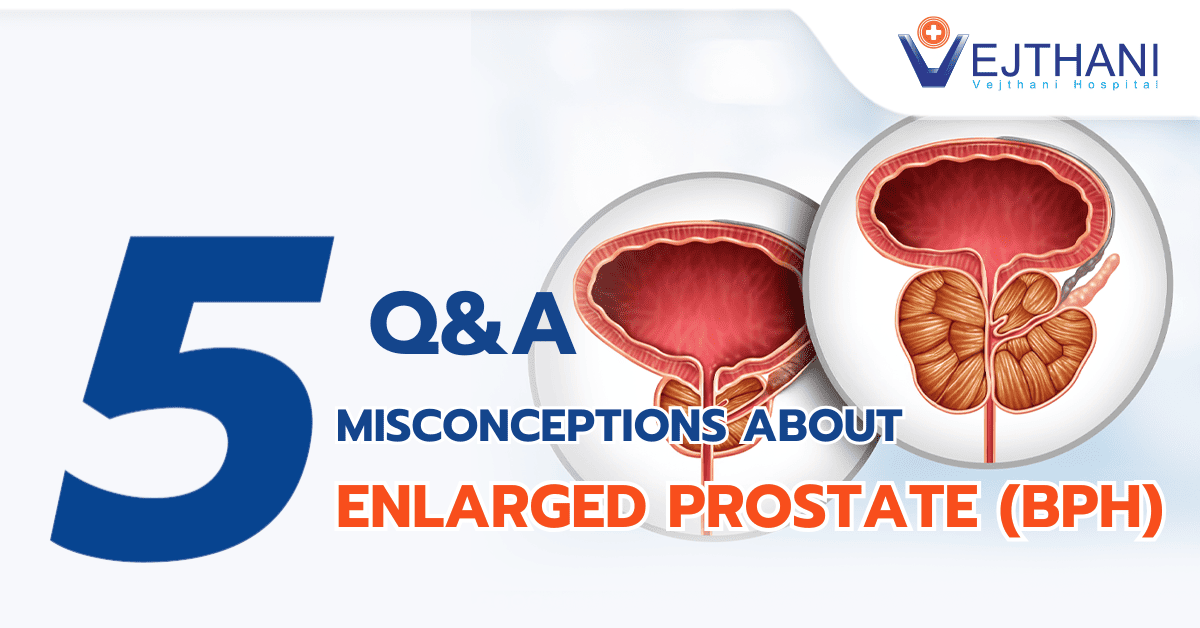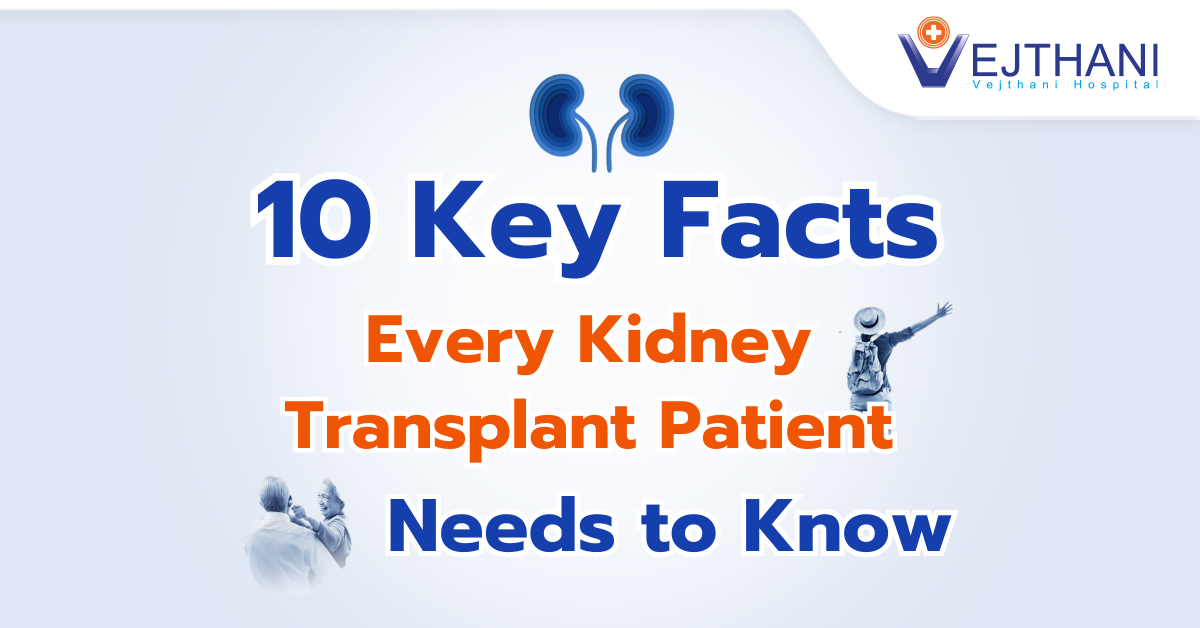
Cheilectomy
Overview
Cheilectomy serves as a remedy for the condition commonly known as “stiff big toe” or hallux rigidus. This surgical procedure involves the removal of bone spurs and excess bone tissue, aiming to restore proper flexibility and range of motion to the big toe.
In hallux rigidus, painful bone spurs (osteophytes) can develop on the metatarsophalangeal (MTP) joint. These bone spurs form a lump under the skin, making it painful to wear shoes. This condition can also make it difficult to move and walk. A cheilectomy alleviates the discomfort, stiffness, and limited movement associated with hallux rigidus by removing the painful bone spurs at the MTP joint, offering relief for individuals experiencing challenges in walking and discomfort while wearing shoes due to the development of these bone spurs.
Types
The details of the cheilectomy procedure may vary slightly according on the type of surgery you have:
- Open cheilectomy: It involves making a single, large incision.
- Minimally invasive cheilectomy: Smaller cuts are made in this procedure. To remove bone spurs from your foot, surgeons use tiny incisions and insert a tool called a burr. A less invasive cheilectomy could speed up your recovery.
Reasons for undergoing the procedure
If nonsurgical treatments have not improved your mild to moderate hallux rigidus, a healthcare provider may perform a cheilectomy.
The following are nonsurgical treatments for hallux rigidus:
- Nonsteroidal anti-inflammatory drugs (NSAIDs).
- Corticosteroid injections.
- Stopping some activities which includes running.
- Stiff shoes and orthotic that restrict joint mobility.
Risks
The risk in any surgery may include:
- Infection
- Scarring
- The hallux rigidus getting worse.
- Soreness in the ball of the foot.
- Requiring further surgery.
Some patients who had cheilectomy still experience discomfort when they move their big toe. Further surgery could be necessary to:
- Repairing the hallux rigidus.
- Fuse bones such as arthrodesis procedure.
- Assist in relieving pressure on the toe joint’s damaged cartilage (Moberg osteotomy surgery).
Before the procedure
Before undergoing a cheilectomy, a healthcare provider conducts a thorough physical examination, which may include assessing the range of motion of your toe. Additionally, X-rays or other imaging studies may be conducted to visualize the joint and identify any bone spurs present, aiding the healthcare provider in making an informed decision about the necessity and approach of the surgery.
During the procedure
Your healthcare provider will make an incision on the dorsal side of your foot during a cheilectomy in order to remove bone spurs. A bilateral cheilectomy is a simultaneous procedure for both feet.
After the procedure
After undergoing an outpatient cheilectomy, it’s common to be discharged home on the same day. During the recovery period, typically lasting a few weeks, wearing an orthotic may be recommended to support your foot. To help manage any discomfort during this time, your healthcare provider may suggest pain medications such as acetaminophen or ibuprofen.
Outcome
Cheilectomy often results in pain relief and increased big toe flexibility for the patient. Recovery from a cheilectomy takes time. After cheilectomy surgery, your foot could swell for a few weeks or even months. Wear the customized support shoe for a few weeks following surgery to allow your foot to recover.
You can find out when you can resume work from your healthcare provider. Within one to two months, the majority of individuals return to their jobs. It might take you longer to get back to work if you have severe pain or swelling or if your profession involves a lot of activity. In the event that the skin surrounding your incision gets red or very swollen, contact your healthcare provider.
Contact Information
service@vejthani.com






















